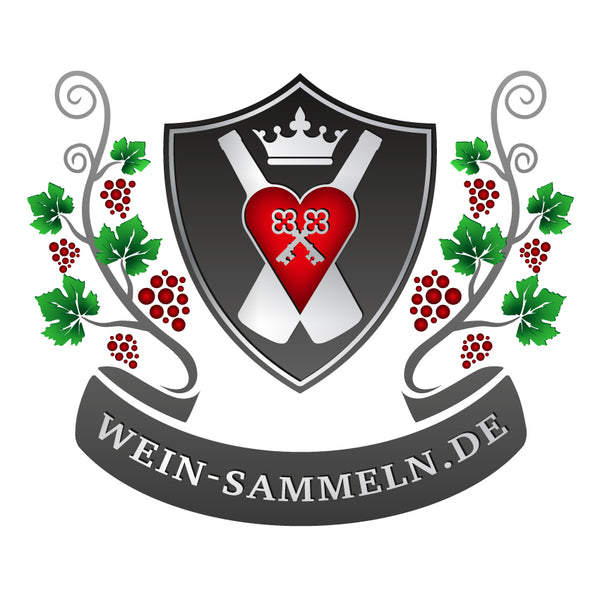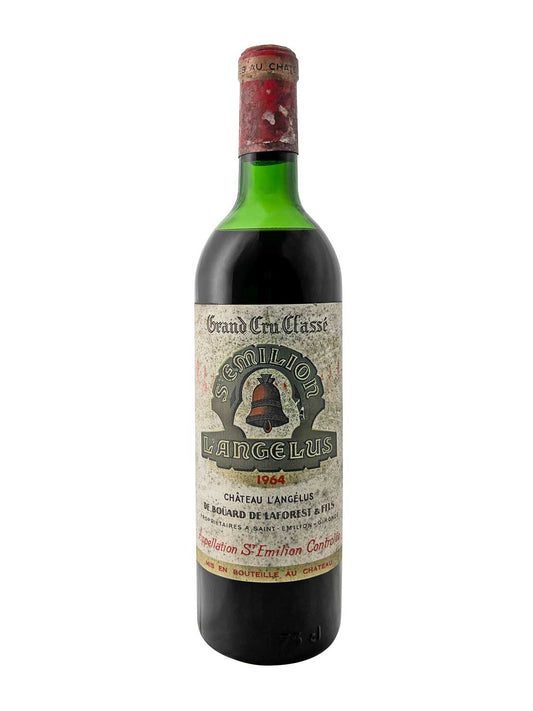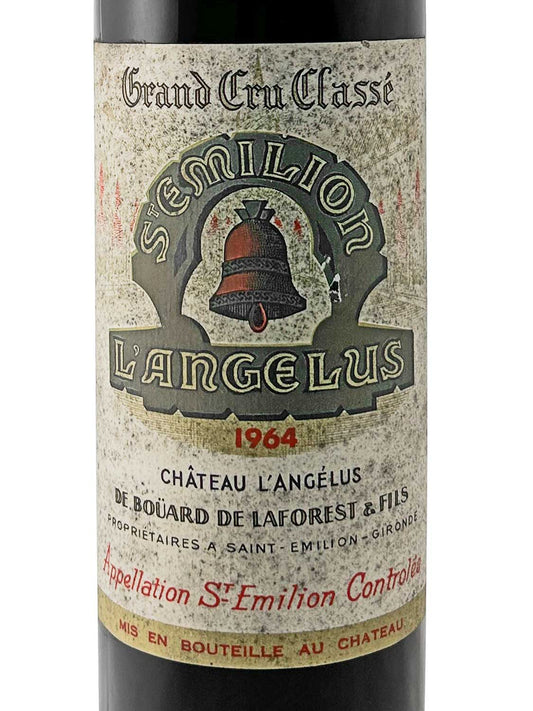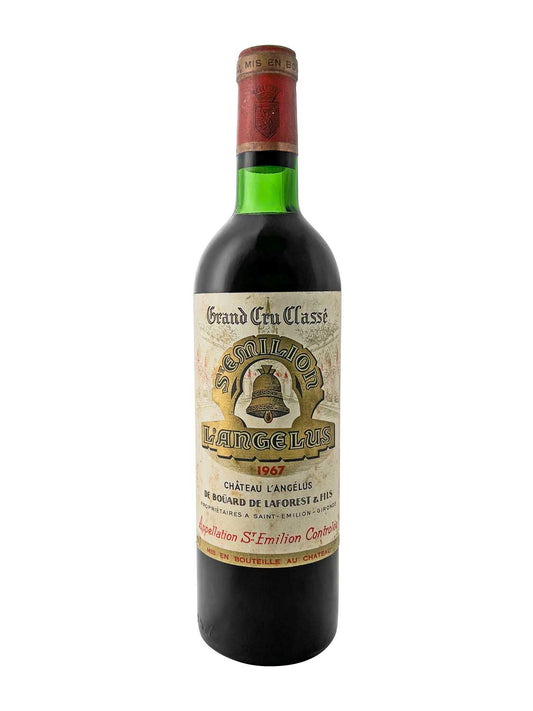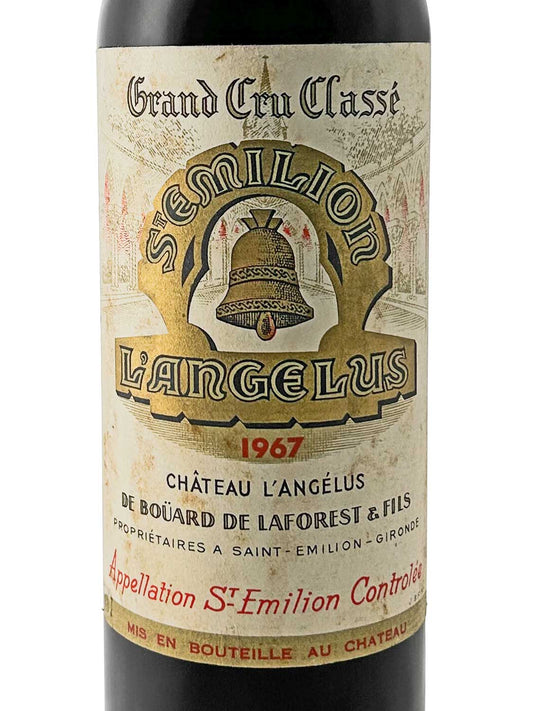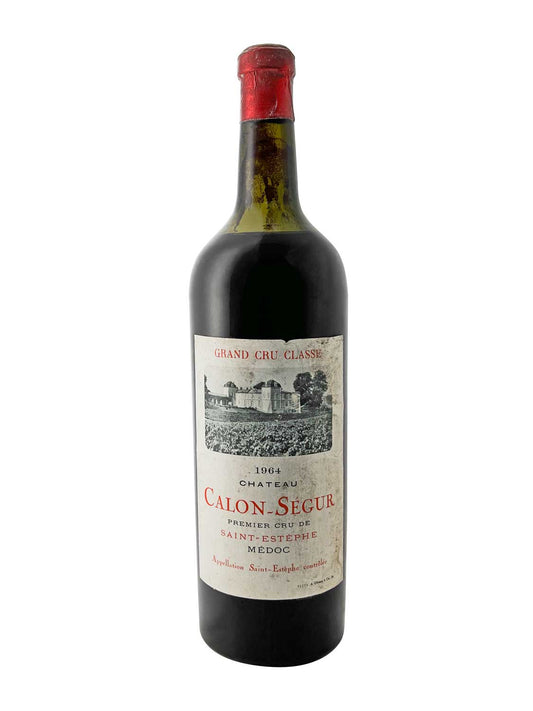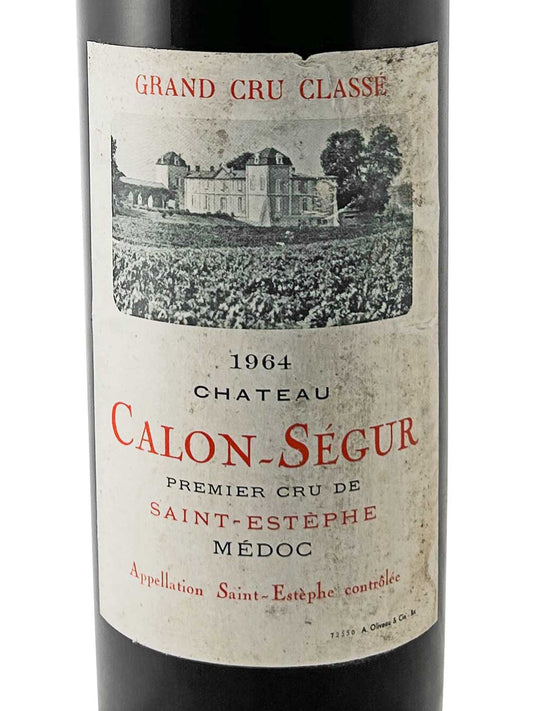
Wine Counterfeiting – The Dark Side of a Wine Collection
How to protect yourself from counterfeit wines
Especially for wine collectors, the world of wine is not only characterized by passion, but also by a dark side: wine counterfeiting. In an industry that thrives on prestige, tradition and high prices, counterfeit wines are a serious problem. Whether it is low-quality wines sold as high-quality vintages or fake labels from famous wineries - the methods used by fraudsters are varied and often sophisticated. In this blog post, we take a look at the different types of wine counterfeiting, the motives of the counterfeiters and how wine collectors can protect themselves.
The different types of wine counterfeiting
Wine counterfeiting can occur in several forms:
False labeling: This is the most common form of counterfeiting. Fraudsters use labels from reputable wineries and fill them with low-quality wine. This often happens with expensive vintages that are in high demand.
By the way: You can legally bid on and buy wine labels, corks and empty wine bottles on popular auction platforms. They are certainly popular for decoration, but unfortunately they are also used by wine counterfeiters for other purposes.
Manipulation of contents: This involves adding flavors or other substances to a low-quality wine to make it appear like a high-quality wine. This method can be difficult to detect because the taste is often manipulated.
False origin: Some counterfeiters pretend that their wine comes from a particular region when in fact it comes from another country or a less prestigious region.
Aging: There are cases where young wines are deliberately aged to be sold as older vintages. This is often done through special storage techniques or by adding chemical substances.
Also read: How old can wine get?
Replicas: Sometimes real bottles are replicated and given fake labels. These replicas can be so well made that even experienced sommeliers have difficulty identifying them.
The motives behind wine counterfeiting
The reasons for wine counterfeiting are varied:
Financial gain: The main incentive for counterfeiters is profit. High-priced wines command high prices on the market, making them an attractive target for fraudsters.
Reputation and prestige: Some counterfeiters may also try to build their own reputation in the wine industry or portray their products as being of higher quality than they actually are.
Market demand: The increasing demand for certain wines leads to counterfeiters trying to fill this gap in supply – often by fraudulent means.
Example: Forgery of Château d'Yquem

If you buy a bottle of dessert wine from Château d'Yquem , these vintages should not be on the label:
- 1910
- 1915
- 1930
- 1951
- 1952
- 1964
- 1972
- 1974
- 1992
- 2012
Château d'Yquem did not bottle any wine during these years, so you would have a fake wine in front of you.
The Effects of Wine Counterfeiting
Wine counterfeiting not only affects the financial aspect of the industry; it also damages the trust between wine collectors and winemakers. When customers realize they have been cheated, this can lead to a loss of interest in high-quality wines and negatively affect the entire market environment.
In addition, counterfeit wines can pose health risks. Poor quality ingredients or improperly manufactured products can be harmful to your health and, in the worst case, cause serious health problems.
How to protect yourself from wine counterfeiting
There are some strategies wine collectors can use to protect themselves from wine counterfeiting:
Buy from trustworthy retailers: Make sure to buy your wines from reputable (online) retailers or directly from the winery. Online platforms (e.g. auction platforms) should also be chosen carefully.
Also read: Buy wine from a winery or a wine shop?
Check the price: If a wine is offered at a significantly lower price than usual, this could be a warning sign. Prices that are too low are often an indication of a fake.
Pay attention to the label: Check the label for inconsistencies such as spelling mistakes or inaccurate information about the vintage or growing region.
Use a magnifying glass: You can also check the quality of the paper used, the font, the colors and graphics for errors or inconsistencies. A magnifying glass can provide more certainty.
Cork and capsule: Is the information on them correct or does something raise questions?
By the way: With particularly old wine bottles, it can also happen that they have been re-corked by a specialist or the winery itself. In this case, however, this information should definitely have been clearly communicated before purchase.
Trust your taste buds: If a wine doesn't taste as expected - especially if it was much more expensive - it could be a fake.
Learn about the origin: Learn more about the specific characteristics of wines from certain regions or producers. The more knowledge you have, the better you can spot potential counterfeits.

Certificates and provenance: For particularly expensive bottles, you should ask for certificates or request information about the provenance – that is, the origin of the wine from the producer to the retailer to previous owners.
By the way: Don't be confused if the wine label is a merchant's label. This is the case when a so-called négociant markets the wine and is common practice in Bordeaux.
Read also: What is a Négociant?
Technological solutions against counterfeiting
In recent years, some winemakers and companies have started to use technological solutions to combat counterfeiting:
Blockchain technology: This technology enables producers and retailers to trace every bottle of wine – from cultivation to sale – thereby creating transparency.
QR codes: QR codes are also now common for authentication. You scan/photograph these with your smartphone and are taken to the website of the corresponding winery, where you can check the authenticity of your wine bottle.

Secure labels: Some manufacturers use special security features on their labels (such as holographic elements) that are difficult to reproduce.
Sensors and analyses: Innovative technologies also enable winemakers to perform chemical analyses and ensure that their products are authentic.
Conclusion
Wine counterfeiting poses a serious threat to the integrity of the wine industry and affects both wine collectors and winemakers alike. While it is important to be aware of this issue and take appropriate steps to protect yourself from fraud, it is also important to remember: the world of wine is a passion! Armed with the right knowledge, we can all help keep this fascinating industry clean and honest - so we can continue collecting to the fullest!
